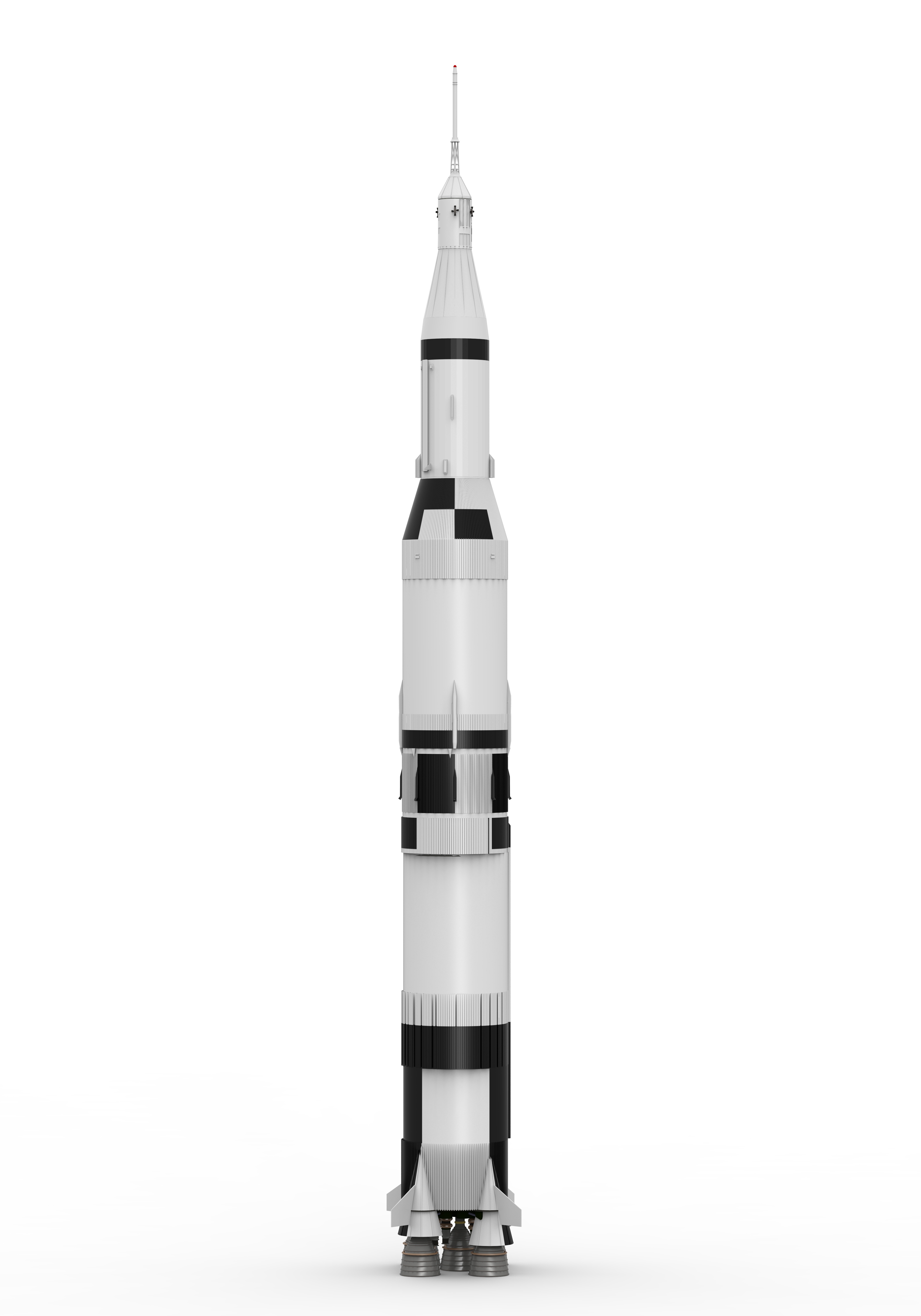
A few fun articles on the Chinese space program.
10/15/17 – Behind the Black – China’s first test space station, Tiangong-1, is out-of-control – The Chinese space agency said they have lost control over the “Heavenly Palace” space station. Its orbit is decaying and it will likely reenter the atmosphere and burn up in the next several months. Most of the station will burn, but there will likely be chunks as large as 200 pounds hit the ground.
(Hat tip to Behind the Black for the next two articles.)
10/18/17 – GB Times – China’s Tiangong-1 space lab will soon reenter the atmosphere, but there’s no need to panic – Disclosed reason for the “Heavenly Place” space lab not being able to maintain orbit is a battery charger failed, thus meaning the batteries couldn’t be charged.
Current guess is perhaps the last half of January for reentry into atmosphere, where most of the 8.4 ton spaceship will burn up.
10/17/17 – GB Times – China progressing with work on new medium, heavy, and super-heavy Long March launch vehicles – Articles says China is working on several new rocket designs.
New models include the Long March 8 and Long March 9. Some stats:
- Long March 8 – 4.5 tons to sun-syncronous orbit (SSO), 7.6 tons LEO, 2.5 tons GTO. First flight expected in 2019. Rocket will use LOX and kerosene for the engines, which is a shift away from hydrazene, which is toxic.
- Long March 9 – super heavy lift – 140 tons to LEO, 50 tons to lunar transfer orbit (LTO). This will be about comparable to a Saturn V. This one will be capable of reaching the moon.
Wikipedia reports the Saturn V had 140,000 kg payload to low earth orbit and 41,000 kg payload to the moon.
Wikipedia gives this info for the lift capacity of Delta IV Heavy: 28.8 mT LEO, 14.2 mT GTO, 10 mT LTO, and 8 mT Mars Transfer orbit.
Here is my recap of what I’ve noticed on the capacity of Chinese and others’ lift vehicles:
| LM5 | LM7 | LM8 | LM9 | Falcon 9 | Falcon Heavy | Saturn V | Delta IV | height |
| 4.5 | SSO | |||||||
| 25.0 | 13.5 | 7.6 | 140.0 | 4.8 | 53.0 | 140.0 | 38.8 | LEO |
| 14.0 | 5.5 | 2.5 | 13.0 | 21.0 | 14.2 | GTO | ||
| 50.0 | 41.0 | 10.0 | LTO | |||||
| 8.0 | Mars |
Looks like the Long March 8 will be lighter than the Long March 7, but with safer fuel. Long March 9 will be roughly comparable to a Saturn V.
Previously mentioned when I discussed China is a competitor in the open frontier of space exploration:
1/11 – Parabolic Arc – China Lands Space Station & New Booster Launches in 2016 –
Long March 5 will be most powerful rocket. The lift capacity is 25 metric tons to low earth orbit and 14 metric tons to geosynchronous transfer orbit.
Long March 7 will have lift capacity of 13.5 metric tons to LEO and 5.5 metric tons to sun-synchronous orbit. Article says this is based on the Long March 2F booster which is rated to carry humans. I infer that means the Long March 7 will be able to lift humans into orbit.
Here is my comparison of the Long March 5 and 7 to other lift vehicles.
LM5 – LM 7 – Ariane 5 – Falcon 9 – Falcon Heavy – orbit
14 mT – 5.5 mt – 10 mT – 4.8 mT – 21 mT – GTO
25 mT – 13.5 mT – 20 mT – 13 mT – 53 mT – LEO
Looks to me like Long March 7 is roughly comparable to a Falcon 9 and a Long March 5 is slightly more powerful than an Ariane 5.